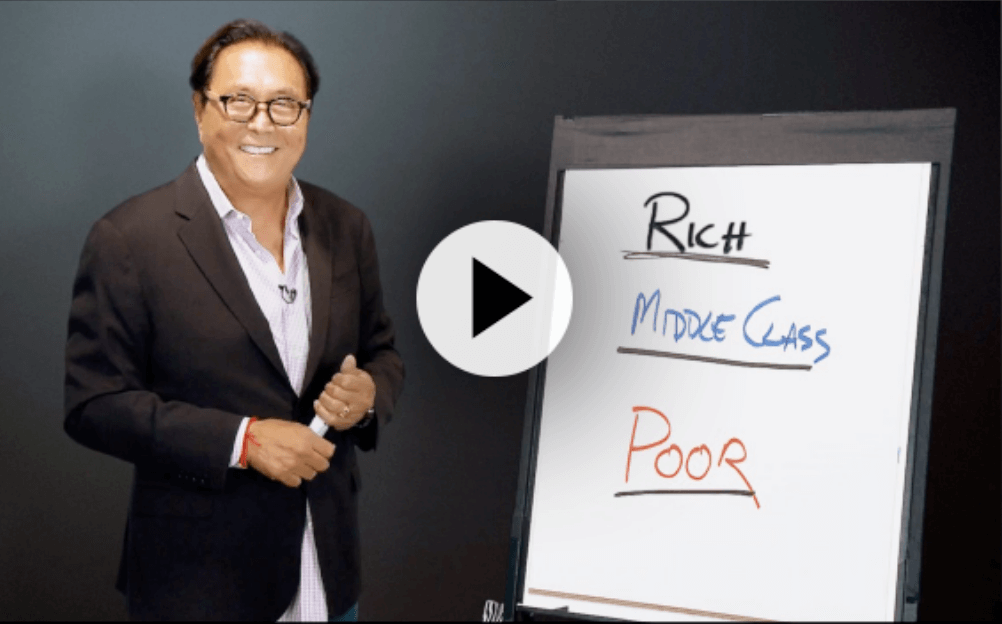Blog | Personal Finance
How to Move from Failure to Success as an Entrepreneur
Failure to success: How even the mighty fail and how they get up again to succeed
September 29, 2020
Think of the most successful people you can think of. As you do so, how many times do you think they had to climb their way from failure to success. Now multiply that by 10, and you might be in the ballpark.
A while back, I read an article about the famed English chef Jamie Oliver. You might know him primarily from his cookbooks, shows, and substantial social media presence. But you might not know that he owns a fairly large restaurant empire as well—one that is sorely in trouble.
According to “The Telegraph,” last September, his previously successful Jamie’s Italian restaurants veered on the edge of bankruptcy, with the chef forced to inject £13 million of his own savings into the business to stop it from going bust.”
Unfortunately, that was not enough, and after dumping another £4 million of his own money the restaurant group went bankrupt in 2019, closing down 22 of 25 restaurants and laying off 1,000 employees.
Anyone who follows Jamie Oliver from the outside would be amazed to hear this. By every account he is a very successful entrepreneur and celebrity. That he would have business problems seems crazy to most people, but it’s not crazy to me.
Understanding the entrepreneurial mindset
The first thing to understand is that Oliver has many businesses, not just one. So for him, his focus has been on his business around entertainment. This is his books, shows, and speaking gigs.
His first business was the restaurants. Like most restaurants, I assume they were high risk and low margin. But they gained him a lot of notoriety and a platform to leverage, and leverage it he did.
So I’m not surprised that he stopped focusing on that and turned his energy to other endeavors that had much more upside, a lot less risk, and much higher margins. That’s the first lesson to learn about the entrepreneurial mindset: don’t get tied to the business, get tied to the best opportunity. With so much more upside in his influencer business, it makes perfect business sense to step away and hand the day-to-day management to someone else. The problem comes, however, if you choose the wrong partner to run your business.
Choose your partners, choose failure or success
Jamie stepped away from his restaurant group’s day-to-day management in 2014 and appointed his brother-in-law, Paul Hunt to run the group. Many people think this was the real reason the group got into trouble, as Hunt was not a good CEO.
According to Mashed, “Others described him [Hunt] as not having the foggiest idea about what he was doing, and allegations in The Times labeled him a ‘bully who is destroying his business empire’ and just plain ‘incompetent.’ One senior exec went so far as to say (via The Telegraph) ‘He's running the business into the ground, and the day he resigns the staff should have a big party.’"
This is the next lesson to learn about entrepreneurial failure or success. If you want to succeed, you have to choose your partners wisely. In this case, Oliver made a bad call in choosing his brother-in-law, but it’s a challenge for any entrepreneur to find the right person to take the reins.
Why? Because most CEOs are high-paid employees.
The CASHFLOW Quadrant and entrepreneurial traits
The easiest way to explain this is the CASHFLOW Quadrant.

On the left side of the CASHFLOW Quadrant are Employees (E) and Self-employed (S). They have a very different mindset than entrepreneurs. They are risk averse and are focused on maintaining the status quo in order to keep their salary. When things go wrong, they can panic because they know they might be fired. They think in terms of my time for your money. Even CEOs are employees, just high paid ones. In Oliver’s case, he probably brought in a CEO who thought like an employee instead of an entrepreneur, and it cost him dearly.
On the right side of the quadrant are Business Owners (B) and Investors (I). These people exhibit the entrepreneurial traits of thinking outside the box, embracing risk and taking chances, and are not afraid of being fired if they make a mistake... and when you take risks, you will fail. That is the only real way to get ahead. Rather than try to reinvent the Oliver restaurants, employee mindset CEOs tried to manage the status quo, running it into the ground.
“We hadn’t expected it. That is just not normal, in any business. You have quarterly meetings. You do board meetings. People [who are] supposed to manage that stuff should manage that stuff,” said Oliver.
These are the words of a man that turned his business over to another group of people to run and who found out almost too late that they were not doing a good job.
The lesson here, again, is that it’s imperative to always choose your partners wisely and to retain some measure of control over your businesses, even if you’re on to doing other things. As the old adage goes, “Trust but verify.” In this case, Oliver trusted, but seems that he may not have verified, and it cost him a lot of money to the tune of 17 million pounds.
The difference between poor and broke
The good news is that Oliver had the means to step in and try and save his business, all because of his other business and the income it provided. As he tells “The Telegraph”:
When asked by the Mail on Sunday whether he would be willing to do this again if his restaurants faltered in the future, he said: “I haven't got any more money. I tried to do the right thing, I've never been paid by the restaurant group, I've always reinvested. My living was always the other side.
This brings up an important point. There’s a difference between being poor and broke.
In this case, Jamie Oliver may be broke when it comes to his restaurant business, but he is not poor. In fact, due to his other business endeavors, Jamie’s net worth is reported to be around $300 million. So while he may not always have millions in cash on hand (especially when it uses it to try and save a business), he has assets that will quickly replenish his wealth, diversified across multiple business lines.
Broke is a temporary condition where you don’t have capital needed. Poor is a mindset that holds you back and limits your ability to grow from failure to success. Oliver may have invested a lot of personal capital to save his restaurant business, but he’s not poor. His other business endeavors will soon refill his coffers, and he’s not making the choice to save an ailing business once again after two attempts.
Failure is the best teacher
Oliver said of his restaurants’ failures, “...we’ve learned lots of lessons.”
That is all you can hope for when it comes to a failed business or a failing business. Either you learn or you lose. Oliver is clearly ready to take his losses, learn what he needs to learn, and come out on top.
I learned this the hard way when my first business, a velcro wallet business went bankrupt. I spent over a year living in cars and couches to pay back my $1 million in debt. But the lessons I learned from that failure helped me become who I am today.
This is the story of nearly any entrepreneur you talk with. They fail a lot, and failure is the best teacher.
Life and business are a team sport
Finally, a great lesson that Oliver is learning and that we would all be well to remember is that in order to grow your business from failure to success, you need a great team behind you.
Need More Financial Security?
No matter how you make money or much you have in the bank, there's always more to learn.

Choose to Be Rich—Click Here
If you get the wrong team, not just you suffer, but also your business and all the people who rely on it for their livelihood. If you find the right team, you, your business, and its employees thrive.
At the end of the day, we all have the capacity to go through ups and downs in life and in business. The quality of character we bring to those moments is what separates us from those who fail and those who thrive. I’m thankful for people like Jamie Oliver who are not only honest about their struggles, but who also set a great example of what it looks like to go through hard times, do what is necessary to fix them, and build great things on the other side.
Original publish date:
November 13, 2018